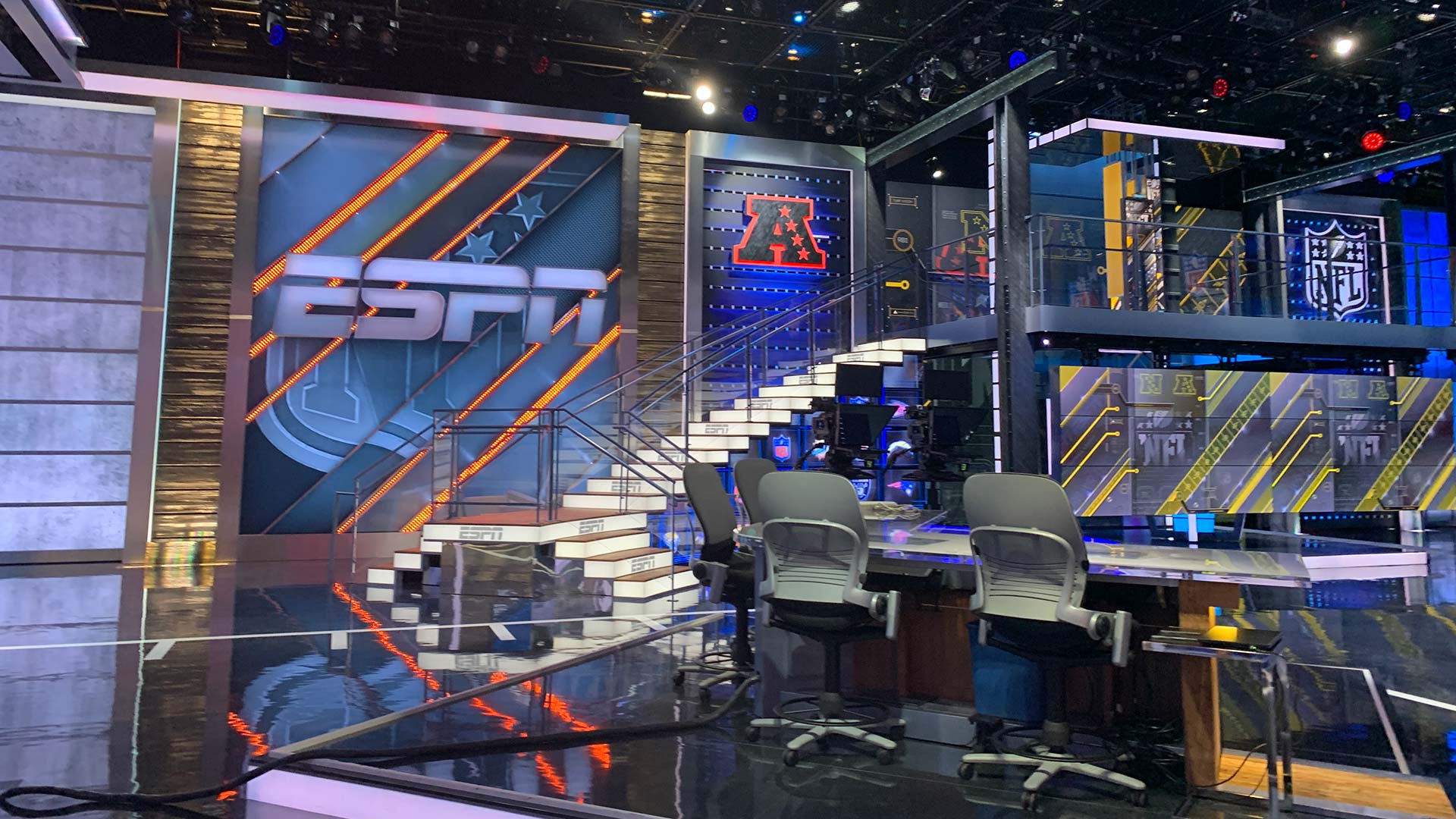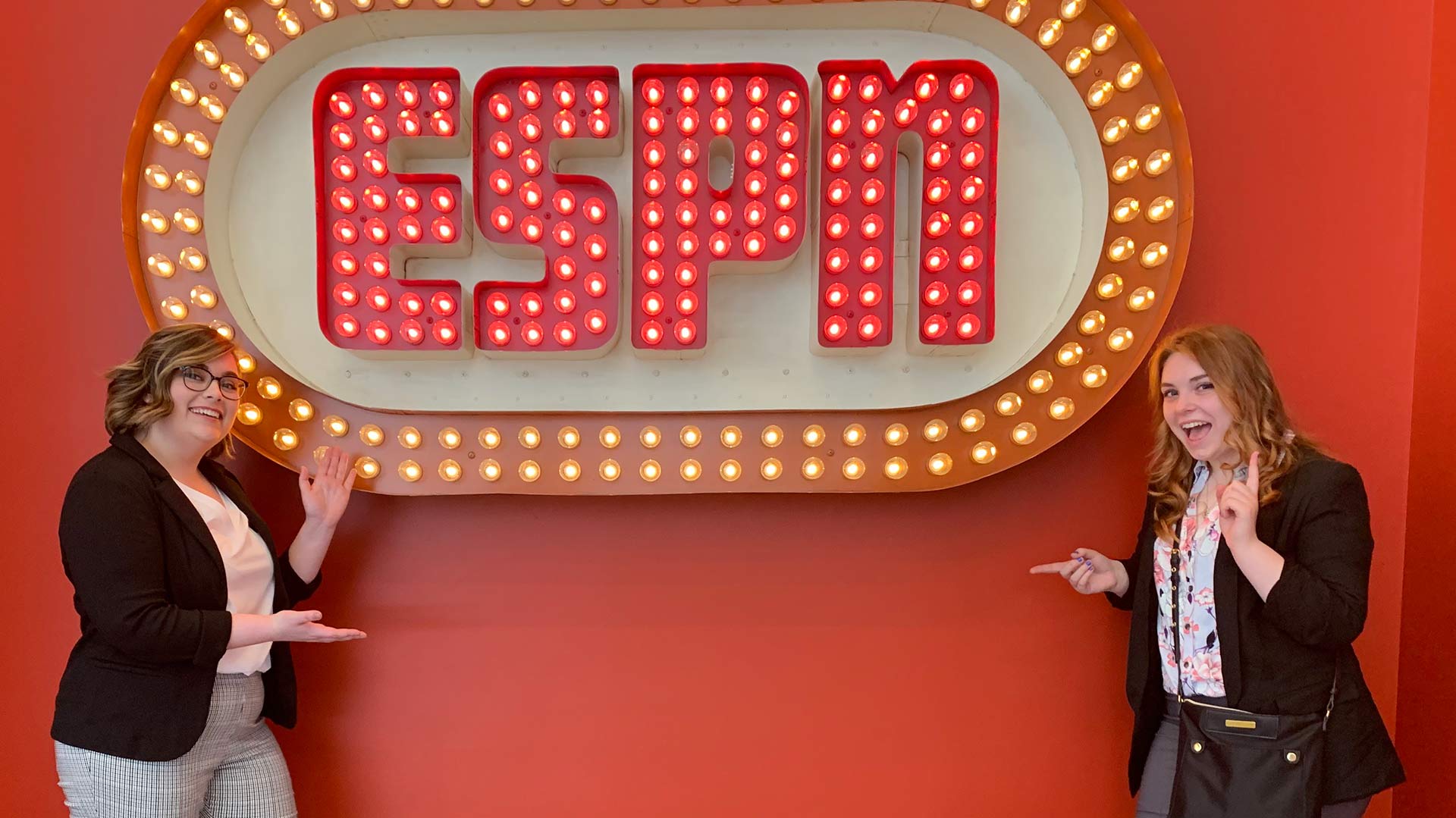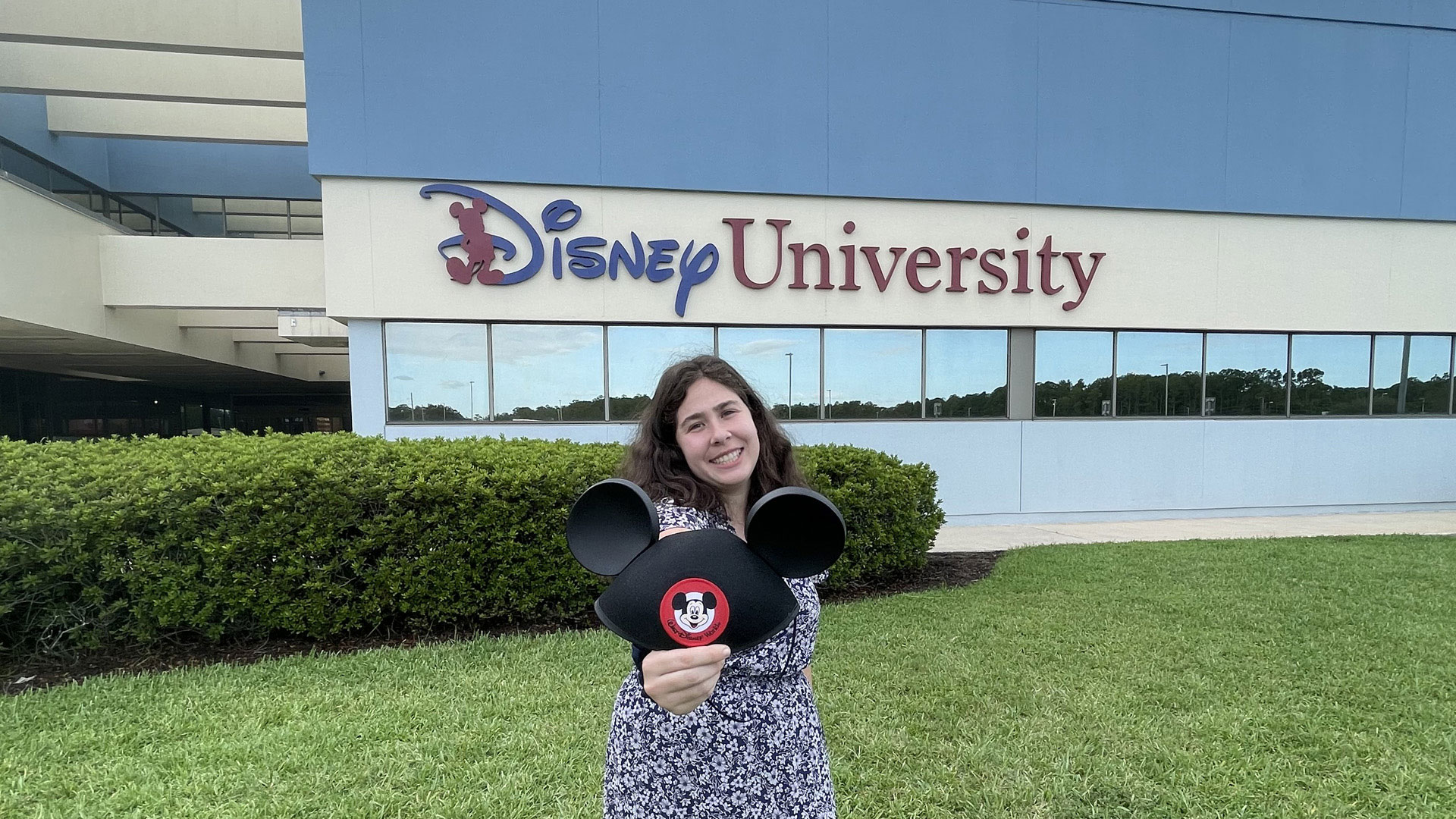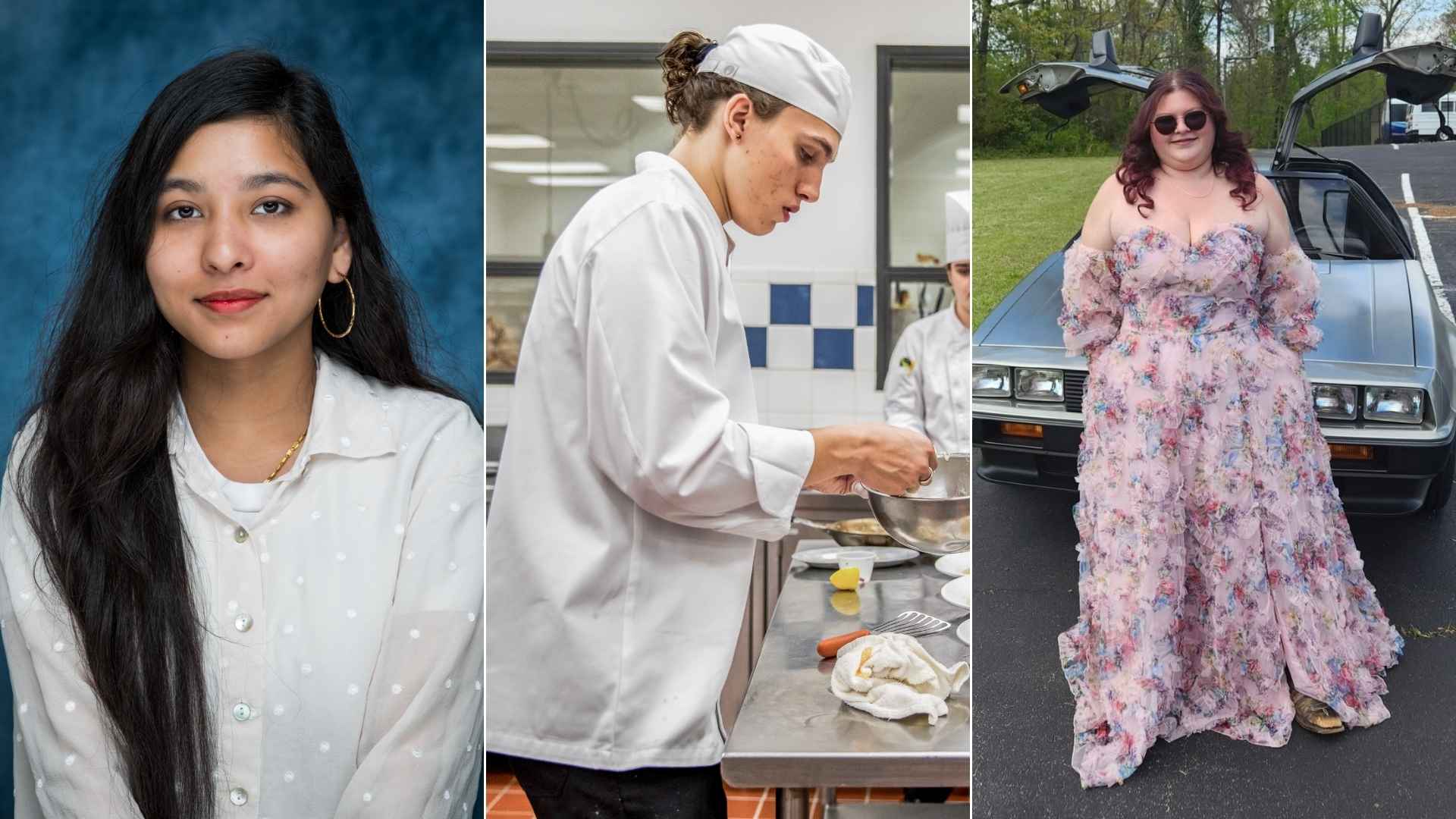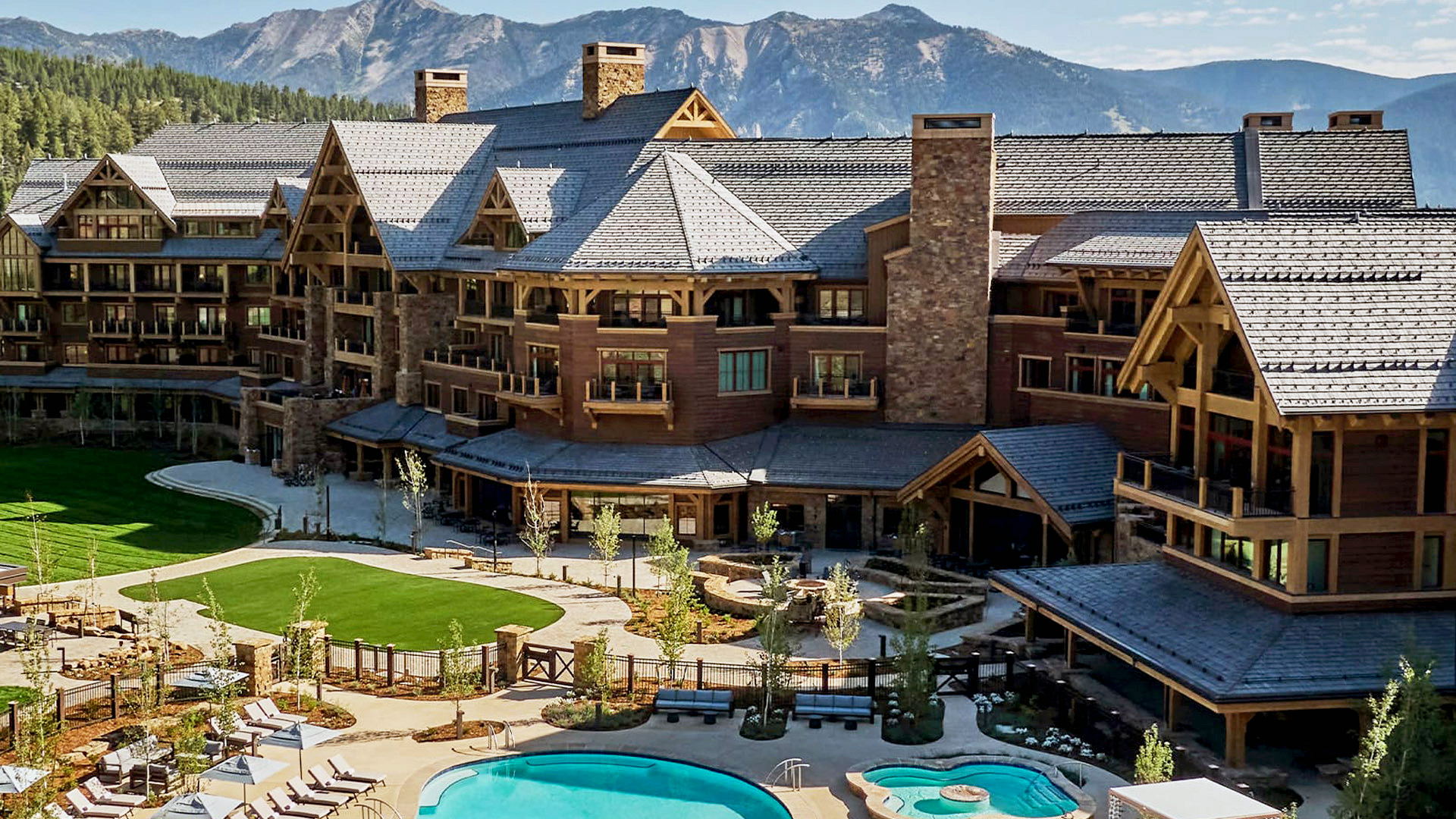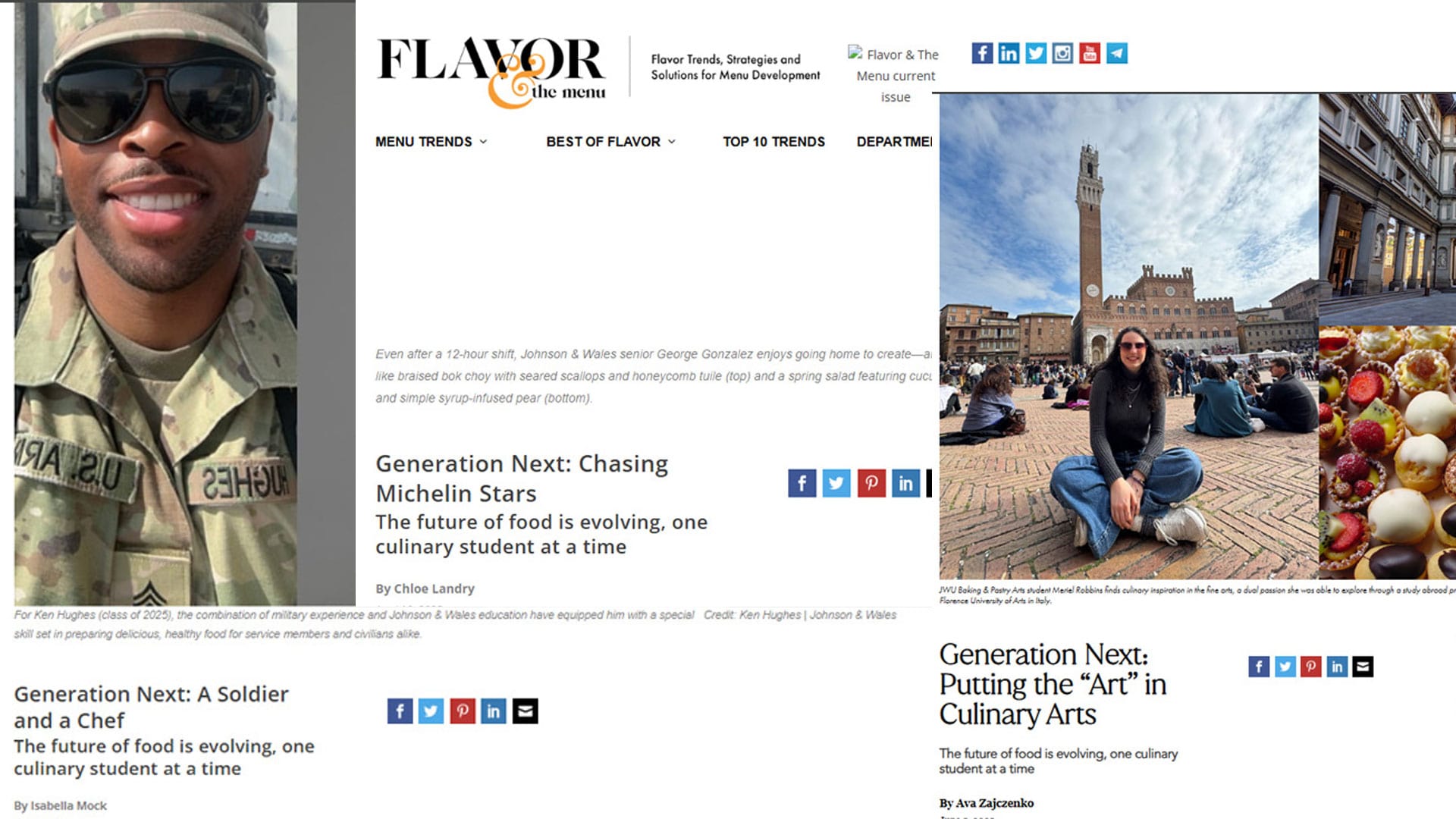An Insider's Tour of ESPN
A handful of students across several majors, including myself, were selected to go on a tour of the ESPN headquarters in Bristol, Connecticut. This tour gave us a peek behind the scenes of what it’s like to work for a sports broadcasting company such as ESPN which holds about 4,000 employees at their Bristol location.
"We were lucky enough to be able to tour the inside of the NFL Live studio and see the abundance of equipment used during production."
Upon arrival, we checked in, were given name tags, and escorted to the newest studio building where things started to get fun. Walking into the first building, we were greeted by our tour guide who led us up a flight of stairs to where the studios are housed. We were lucky enough to be able to tour the inside of the NFL Live studio and see the abundance of equipment used during production. The studio was huge, and being in there felt very surreal for me.
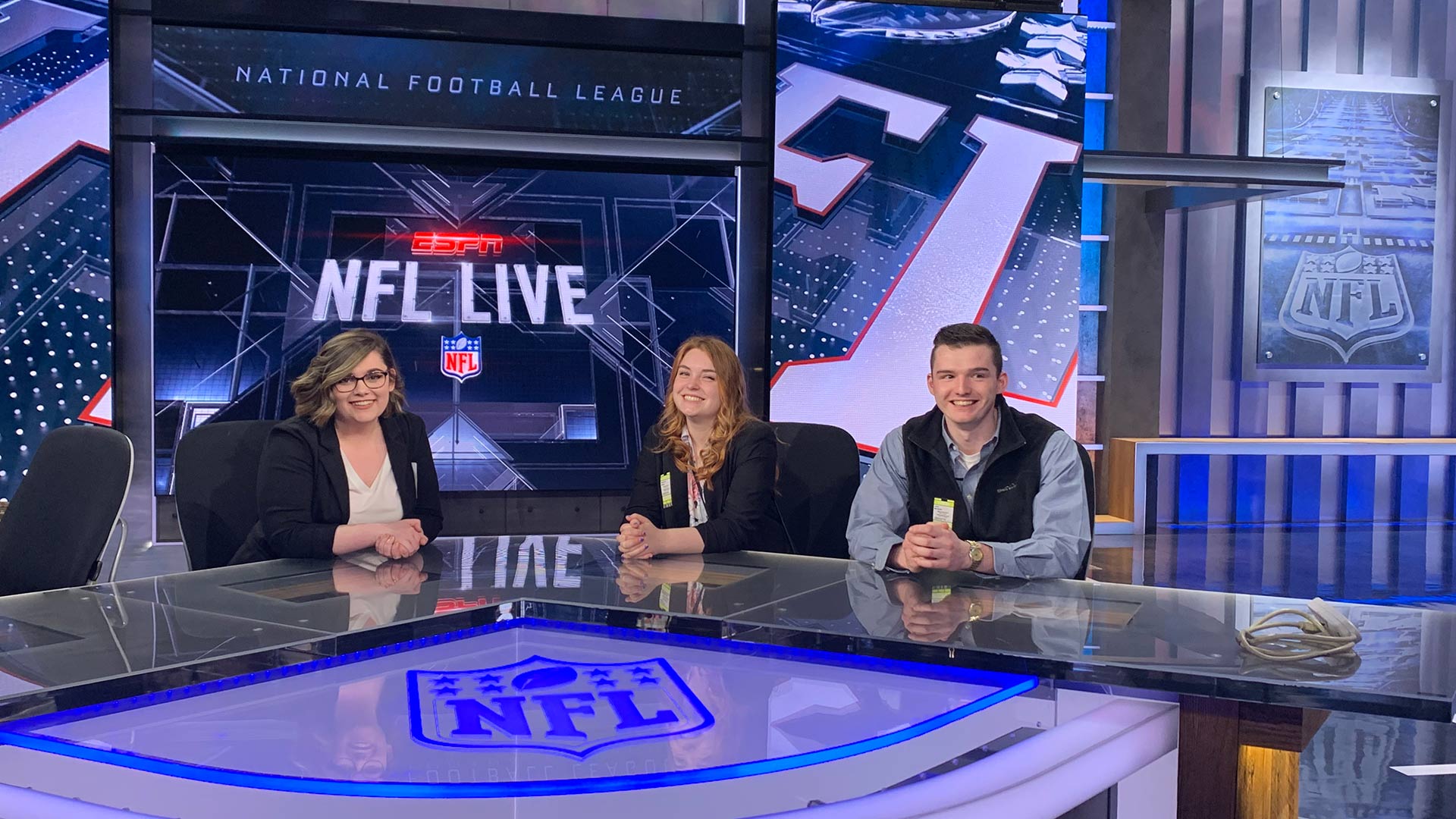
I was raised in a household where all plans on Sundays were cancelled because football was on, and luckily, this trait was passed down to me and the Patriots continue to play a big part of my life. During the tour, we were able to sit at the actual NFL Live desk that analysts like Tedy Bruschi himself sit at on a regular basis, so needless to say, I was pretty excited to be there. Along with sitting at the desk, we were able to see the rigs, cameras, and additional equipment they use for the show, which are much larger than I ever expected. Unfortunately, we were unable to tour the SportsCenter studio because they were on air, or the Baseball Tonight studio because it was under renovations.
"I was raised in a household where all plans on Sundays were cancelled because football was on ... and we were able to sit at the actual NFL Live desk."
While on the topic of renovations and construction, we got a sneak peek at a brand new studio ESPN is in the process of building which will be used for a college football show. The studio was fully equipped with monitors, more camera rigs, and even a robotic camera that is controlled by a joystick operated by the cameraperson.
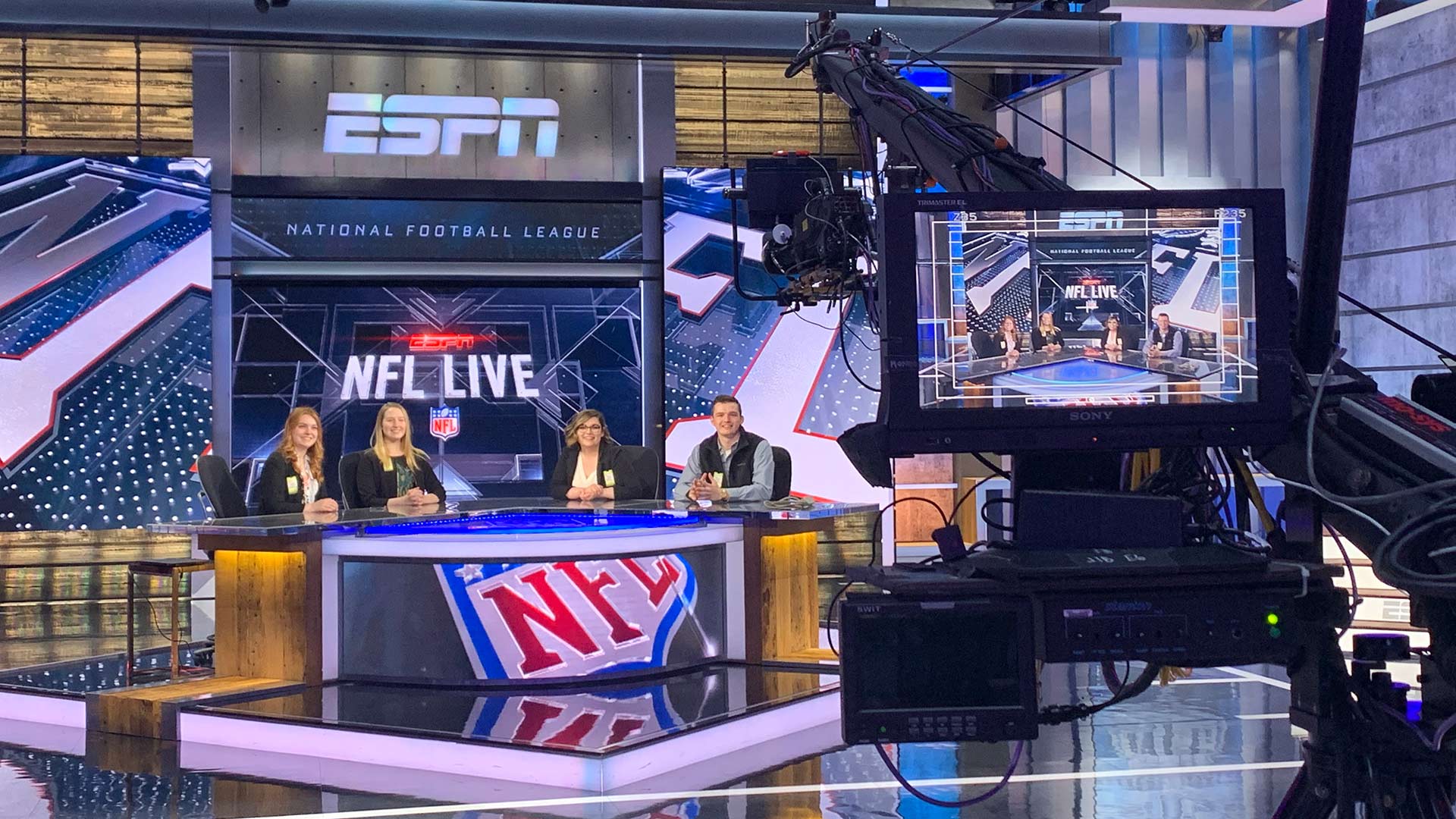
Along with the studios, we were able to look into one of the editing bays where the editors and graphic designers work tirelessly on tight deadlines for their shows to air on time every single day.
"Our soft skills, such as communication, leadership, and conflict resolution, are most important."
After our tour concluded, we ate lunch while Marcia Keegan, the Vice President of National Radio Programming at ESPN, and Kevin McDonnell, the hiring manager for the ESPN Next Program. They were kind enough to answer some questions for us on how to get started at a business like ESPN, and what they look for in potential employees. Their answers were very helpful, and hearing what they’re looking for from the hiring manager was even more helpful. He reminded us our soft skills, such as communication, leadership, and conflict resolution, are most important. It made me feel better knowing which areas to improve on if I decide to go into the sports broadcasting industry. The experience overall was very eye-opening for me and gave me a better idea on what I might want to do with my degree after I graduate.
